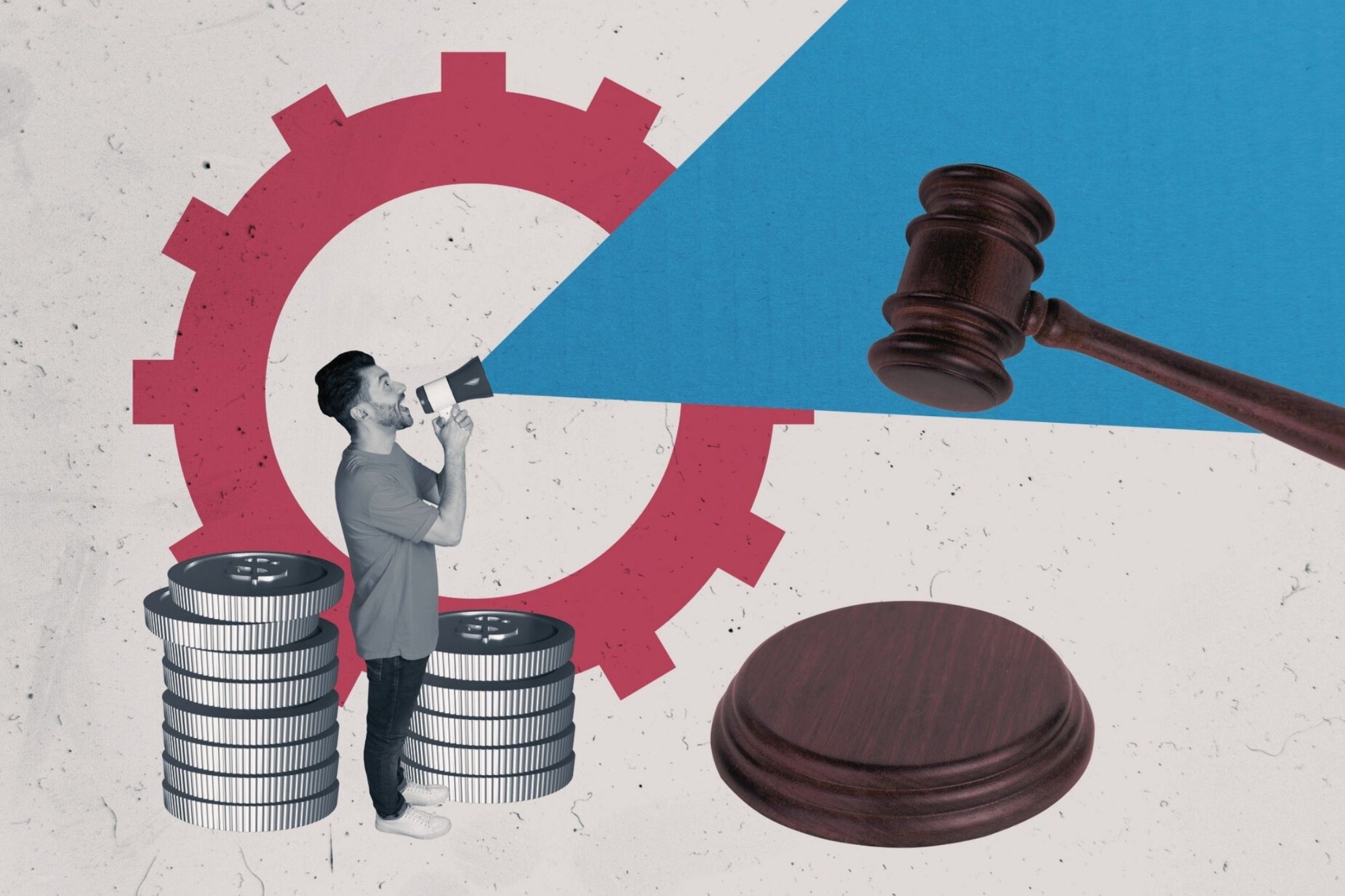THERE ARE BONES EVERYWHERE. Black- and purple-painted models of the horn-faced carnivore Ceratosaurus nasicornis lie arranged by anatomical element in boxes. The cranium of a crocodile-like creature called a phytosaur rests on a worktable. Skeletons of dinosaurs, prehistoric mammals, and other wonders are stacked floor to ceiling in a storeroom. Past it, a Utahraptor ostrommaysi stands midkick, and the massive skull of the three-horned dinosaur Torosaurus waits to be fitted on a body. An artist grinds away at the head of the massive armored fish Dunkleosteus, sanding down its seams.
None of the bones scattered in plain view have been excavated from the ground. They’re resin likenesses that lead many a visitor to wonder aloud, “Are those fakes?” when exploring halls of strange and posed prehistoric skeletons. The answer is usually more complicated than viewers realize—and this busy fossil reconstruction studio in Fruita, Colorado, illustrates that perfectly.
Most people think of museums as hallowed strongholds of authentic dinosaur specimens. Each towering Tyrannosaurus or stupendous sauropod embodies life, death, extinction, survival, and, thanks to Hollywood, the enduring quest of sunburned explorers searching distant deserts. A replica doesn’t deliver that same gut punch of wonder. But that has more to do with our own misconceptions than it does with scientific reality.
Consider Sue the T. rex, arguably the most famous fossil dinosaur in the world. Standing in its own exhibit in Chicago’s Field Museum, Sue represents at least 80 percent of a full skeleton, making it the most complete specimen ever found of a “tyrant lizard king.” But paleontologists had to fill in the missing pieces with casts of other T. rex specimens they dug up. Sue’s real skull sits in a separate case on the floor, making it look as if the fossil was somehow in a car wreck. The piece is crushed and distorted from about 67 million years of sitting under layers of heavy sandstone. The pristine, grinning head seen on display is a scientifically informed artist’s impression of what the living animal looked like.
Fossil curators often stress the difference between casts and the originals, emphasizing the importance of making copies for display. The Field Museum, Australia’s Museums Victoria, and England’s Oxford University Museum of Natural History all try to get ahead of the “Is it real?” question on their websites. In 2018, London’s Natural History Museum sent its iconic cast of Diplodocus, “Dippy,” on tour, leading some commenters to surmise with shock that the renowned dinosaur had always been a fraud. “Let’s face it,” one Huffington Post commenter sneered, “Dippy isn’t even a dinosaur. She’s a fake.” And it’s not just Dippy—another take from a paleontology educator on reconstructed dinosaurs conceded that “even the best fossil casts are going to lack a certain something that the original fossils have,” though the article failed to dig into what that je ne sais quoi might be. Kids seem to be especially hung up on whether a bone was once part of a real animal or not. In a 2018 study in the International Journal of Science Education, Part B, one child told surveyors that dinosaur casts were “not as special” as original fossils “’cause, eh, you just know that it’s…a piece of plastic or something.’”
That same kid would probably find most genuine skeletons a letdown. Paleontologists occasionally uncover a dinosaur from volcanic ash and other sediments with every bone preserved perfectly in place, but most fossil animals are unearthed incomplete or damaged. If excavators simply freed them from their encasing rock and put them on display, museum patrons would be left scratching their heads over jumbles of weathered, flattened, and broken bones.
Casts and replicas bring flawed skeletons closer to what they looked like in real life. So they’re just as important to paleontologists as to they are the public. Reconstruction expert Rob Gaston notes that most of the specimens he receives at his workshop, which he opened 27 years ago with his partner Jennifer Schellenbach, would not be presentable without artistic intervention. The scraps are a far cry from the majestic creatures so many museum visitors hope to see. Liberating fossils from rock is only the first step in bringing a long-extinct animal back to something resembling life.
“Really, the process is twofold,” the artist says as the team at Gaston Design bustles around the maze of tables and cabinets. “The first thing we do is obtain pieces from the museum. Those are usually incomplete, broken, distorted.” It’s like receiving a hand-me-down puzzle with only half the pieces in the box—many of them in sorry shape.
The process doesn’t end with casting and correcting the original material. Whether a dinosaur is standing stock-still or running with jaws agape towards visitors, each reconstruction needs a metal armature that sits inside like a second skeleton. What’s more, the mounts have to be sanded down to remove seams, painted to look like the original rock, and assembled into their full forms before they leave the shop. The result is always something you can envision wrapped in muscle, scaly skin, and feathers.
THE SCIENTIFIC COMMUNITY hasn’t always had artists like Gaston on hand to fix and fit together those jumbled puzzle pieces. The way paleontologists reconstructed fossil skeletons through much of the 20th century is a perfect example of how even real bones can




















